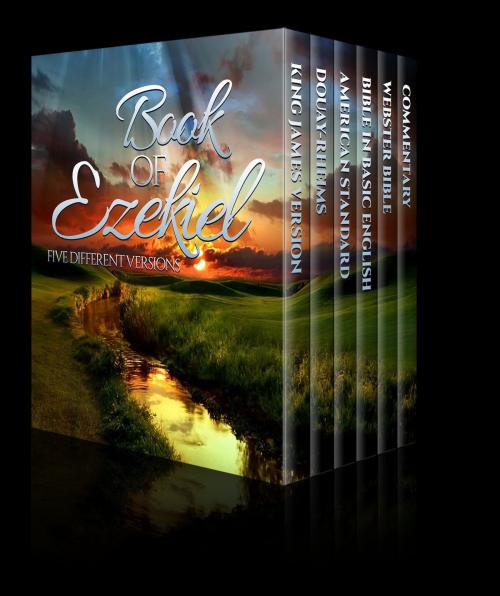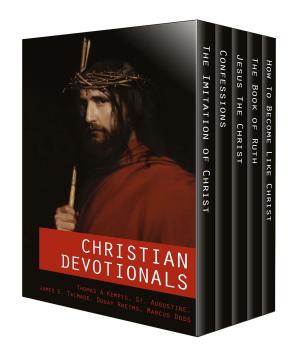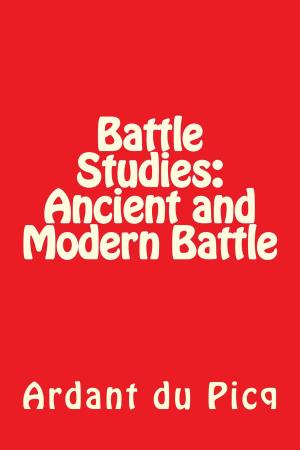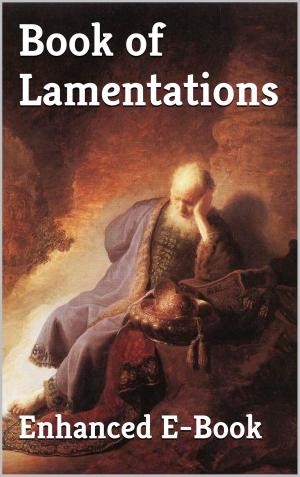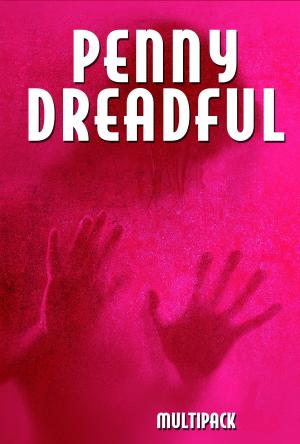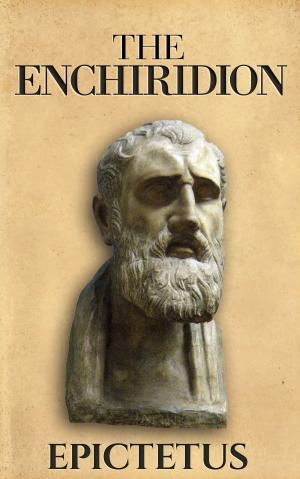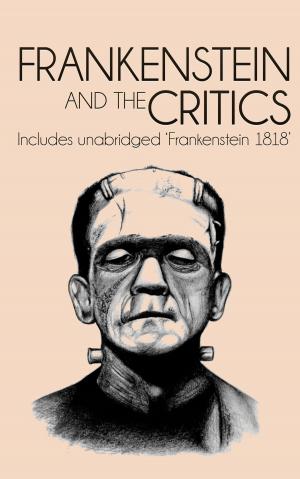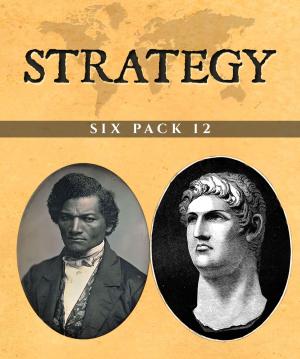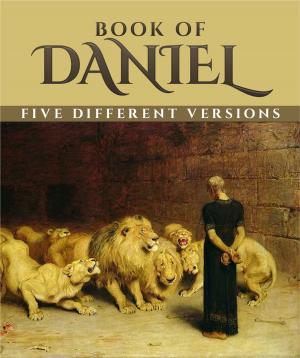Book of Ezekiel
Nonfiction, Religion & Spirituality, Bible & Bible Studies, Old Testament, Study, Prophecies, Bibles, Other Bibles| Author: | Various Artists | ISBN: | 1230000223428 |
| Publisher: | Enhanced E-Books | Publication: | March 6, 2014 |
| Imprint: | Language: | English |
| Author: | Various Artists |
| ISBN: | 1230000223428 |
| Publisher: | Enhanced E-Books |
| Publication: | March 6, 2014 |
| Imprint: | |
| Language: | English |
“I will give you a new heart and put a new spirit in you; I will remove from you your heart of stone and give you a heart of flesh.” - Ezekiel 36:26.
The Book of Ezekiel is one of the major prophetic books in the Old Testament and had more influence on Revelation than any other book.
It records seven visions of the prophet Ezekiel, exiled in Babylon, during the 22 years from 593 to 571 BC. The visions, and the book, are structured around three themes: (1) judgment on Israel (chapters 1–24); (2) judgment on the nations (chapters 25–32); (3) and future blessings for Israel (chapters 33–48). The book opens with a vision of Yahweh, the God of Israel; moves on to anticipate the destruction of Jerusalem and the Temple, explains this as Yahweh's punishment, and closes with the promise of a new beginning and a new Temple.
God is free to judge, and he is equally free to be gracious. His stern judgments on Israel ultimately reflect his grace. He allows the total dismemberment of Israel’s political and religious life so that her renewed life and his presence with her will be clearly seen as a gift from the Lord of the universe.
In Hebrew the book is titled ‘laqzhy’ meaning ‘God strengthens.’ Some of the highlights include -- the "throne vision", in which Ezekiel sees God enthroned in the Temple among the heavenly host; the first "temple vision", in which Ezekiel sees God leave the Temple because of the abominations being practiced there; images of Israel, in which Israel is seen as a harlot bride, among other things: the valley of dry bones, in which the prophet sees the dead rise again; the destruction of Gog and Magog, in which he sees Israel's enemies destroyed and a new age of peace established and the final temple vision, in which Ezekiel is transported to Jerusalem and sees a new commonwealth centered around a new Temple to which God's glory has returned.
Ezekiel had considerable influence on the Book of Revelation - more than on any other New testament writing. To take just two well-known passages, the famous Gog and Magog prophecy in Revelation 20:8 refers back to Ezekiel 38–39, and in Revelation 21–22, as in the closing visions of Ezekiel, the prophet is transported to a high mountain where a heavenly messenger measures the symmetrical new Jerusalem, complete with high walls and twelve gates, the dwelling-place of God where his people will enjoy a state of perfect well-being.
The Book of Ezekiel is presented here in five different versions, an exhaustive commentary by Matthew Henry and a stunning image gallery showcasing art inspired by The Book of Ezekiel over the ages including works from Michelangelo, Peter Paul Rubens, James Tissot and Gustave Doré. There are also links to free complete audio recordings of different versions of Ezekiel.
The King James Version.
Douay-Rheims Version.
The American Standard Version.
Bible in Basic English Version.
Webster Bible Version.
The Matthew Henry Commentary.
Image gallery.
Links to free complete audio recordings of The Book of Ezekiel.
“I will give you a new heart and put a new spirit in you; I will remove from you your heart of stone and give you a heart of flesh.” - Ezekiel 36:26.
The Book of Ezekiel is one of the major prophetic books in the Old Testament and had more influence on Revelation than any other book.
It records seven visions of the prophet Ezekiel, exiled in Babylon, during the 22 years from 593 to 571 BC. The visions, and the book, are structured around three themes: (1) judgment on Israel (chapters 1–24); (2) judgment on the nations (chapters 25–32); (3) and future blessings for Israel (chapters 33–48). The book opens with a vision of Yahweh, the God of Israel; moves on to anticipate the destruction of Jerusalem and the Temple, explains this as Yahweh's punishment, and closes with the promise of a new beginning and a new Temple.
God is free to judge, and he is equally free to be gracious. His stern judgments on Israel ultimately reflect his grace. He allows the total dismemberment of Israel’s political and religious life so that her renewed life and his presence with her will be clearly seen as a gift from the Lord of the universe.
In Hebrew the book is titled ‘laqzhy’ meaning ‘God strengthens.’ Some of the highlights include -- the "throne vision", in which Ezekiel sees God enthroned in the Temple among the heavenly host; the first "temple vision", in which Ezekiel sees God leave the Temple because of the abominations being practiced there; images of Israel, in which Israel is seen as a harlot bride, among other things: the valley of dry bones, in which the prophet sees the dead rise again; the destruction of Gog and Magog, in which he sees Israel's enemies destroyed and a new age of peace established and the final temple vision, in which Ezekiel is transported to Jerusalem and sees a new commonwealth centered around a new Temple to which God's glory has returned.
Ezekiel had considerable influence on the Book of Revelation - more than on any other New testament writing. To take just two well-known passages, the famous Gog and Magog prophecy in Revelation 20:8 refers back to Ezekiel 38–39, and in Revelation 21–22, as in the closing visions of Ezekiel, the prophet is transported to a high mountain where a heavenly messenger measures the symmetrical new Jerusalem, complete with high walls and twelve gates, the dwelling-place of God where his people will enjoy a state of perfect well-being.
The Book of Ezekiel is presented here in five different versions, an exhaustive commentary by Matthew Henry and a stunning image gallery showcasing art inspired by The Book of Ezekiel over the ages including works from Michelangelo, Peter Paul Rubens, James Tissot and Gustave Doré. There are also links to free complete audio recordings of different versions of Ezekiel.
The King James Version.
Douay-Rheims Version.
The American Standard Version.
Bible in Basic English Version.
Webster Bible Version.
The Matthew Henry Commentary.
Image gallery.
Links to free complete audio recordings of The Book of Ezekiel.
